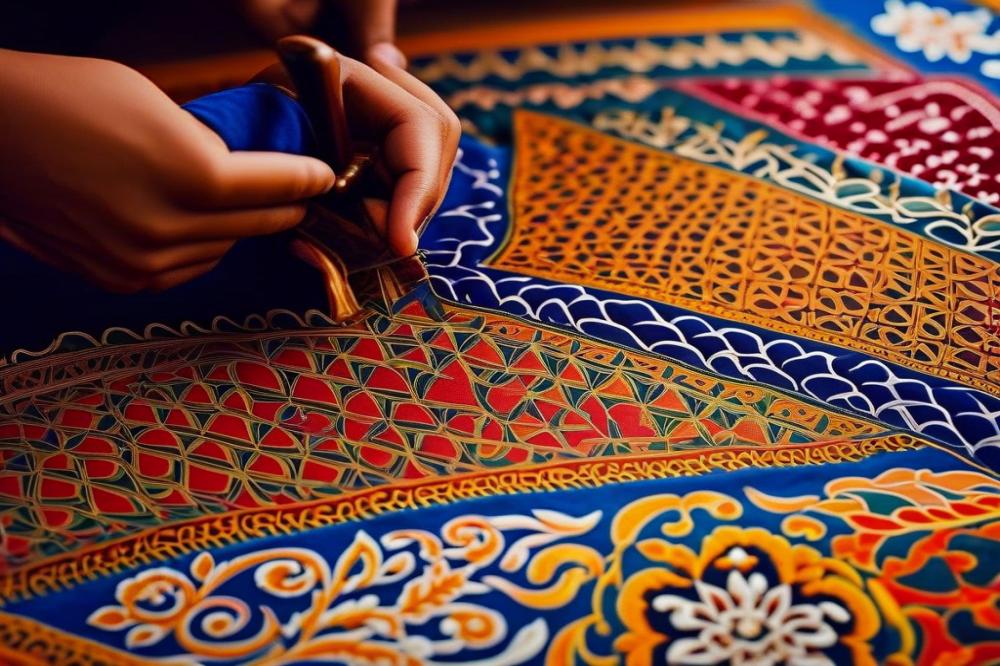Learn the art of Batik Painting in Chiang Rai
Batik Painting is more than just a craft; it is a vibrant expression of culture and creativity. Originating from Indonesia, this art form has found its place within Thai textiles, showcasing the beauty and intricacy of fabric dyeing techniques. In Thailand, this traditional craft offers a glimpse into the rich tapestry of local traditions and artistic practices. Understanding the significance of Batik painting in Thai culture opens up a world of handmade art that reflects the soul of the nation.
Chiang Rai stands out as a remarkable destination for those wishing to immerse themselves in this art form. The city boasts numerous workshops where local artisans teach the ins and outs of Batik painting. Participants can unleash their creative expression under the guidance of skilled instructors. Engaging with the local community enriches the learning experience, allowing travelers to connect deeply with the art and culture of the region.
Adventure in Thailand is enticing, with its breathtaking scenery, delicious cuisine, and rich history. The allure of travel becomes even more compelling when combined with the opportunity to learn a unique artistic skill. Whether you are a seasoned artist or just starting your creative journey, Chiang Rai invites you to explore the world of Batik painting. The hands-on experience, paired with the stunning backdrop of northern Thailand, creates lasting memories that extend beyond the canvas.
Understanding Batik Painting
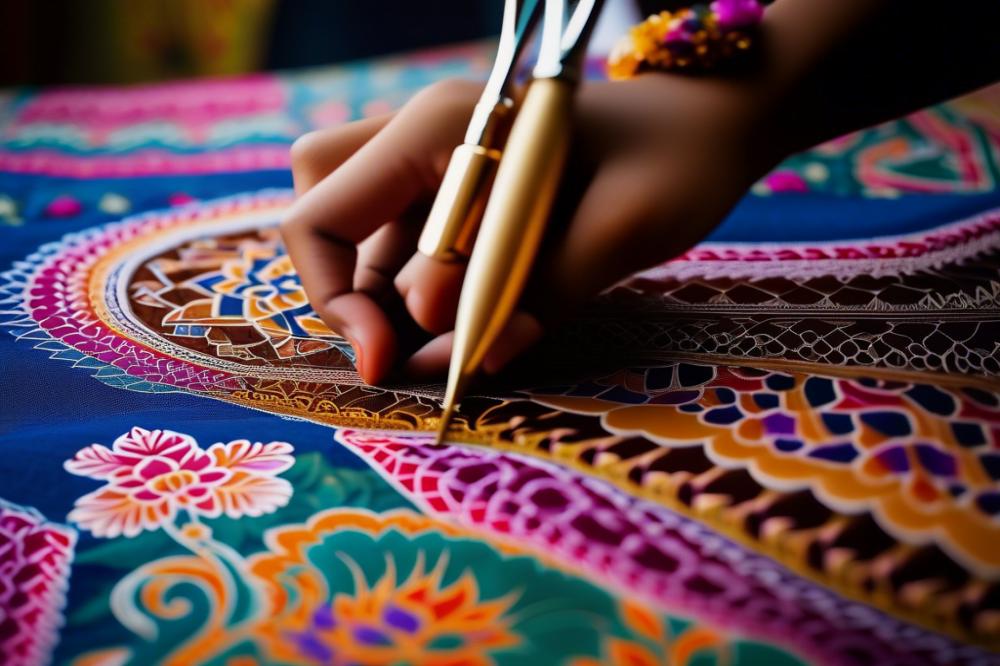
Batik painting is a fascinating art form that originated centuries ago. This technique involves using wax to create intricate patterns on fabric before dyeing. It has roots in various cultures, but it is notably significant in Southeast Asia, particularly Thailand. Here, it represents a beautiful harmony of artistic expression and cultural heritage.
In Thailand, batik plays a vital role in the realm of textiles. It has become an important aspect of traditional crafts, showcasing the skills of local artisans. Visitors often find that batik textiles are more than just fabric; they tell stories woven into the very threads of each piece. Traveling through Chiang Rai, one can see how batik reflects the rich culture of the region.
The dyeing techniques employed in batik are both fascinating and essential to its beauty. Artists use different colors of dye to transform white fabric into vivid, colorful designs. The process involves applying melted wax to specific areas. This protects those parts from being dyed, resulting in a stunning contrast of colors. Historically, these techniques have been passed down through generations, preserving the knowledge and artistry that defines this craft.
Workshops are plentiful in Chiang Rai, providing an opportunity for anyone interested in this handmade art. Participating in these sessions allows individuals to tap into their creative expression while learning from skilled masters. These artists invite you into their world, sharing secrets and skills that make each piece of batik truly special.
Understanding batik painting is not just about the finished product. It’s about the journey through this art form. Engaging with local artisans brings deeper appreciation for their craft. Each stroke of dye and wax is a testament to the culture and creativity embedded in Thai textiles.
Exploring Chiang Rai’s Rich Cultural Landscape
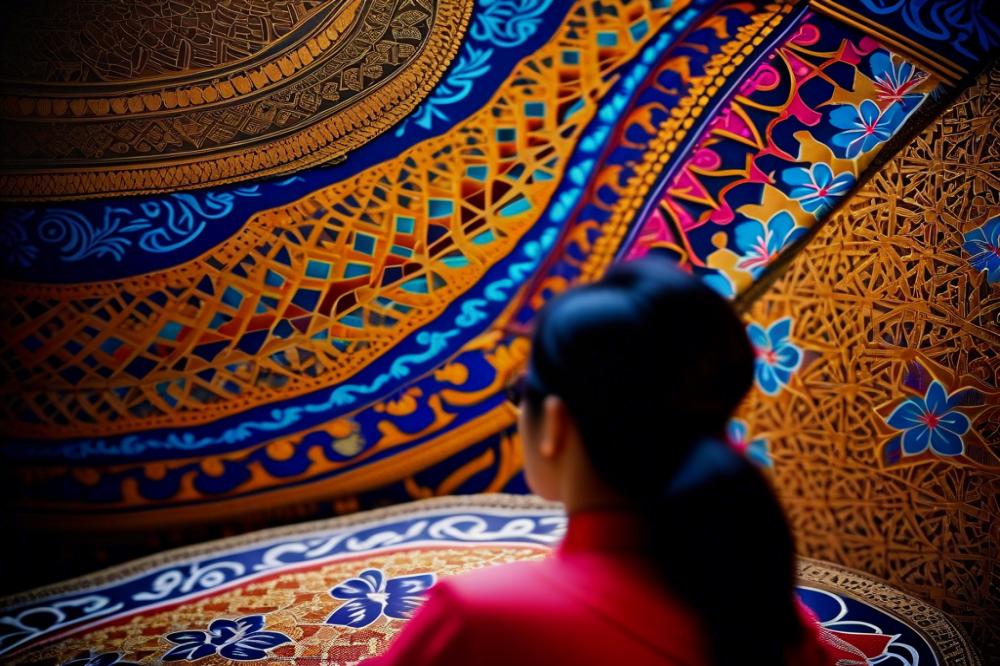
Chiang Rai is a treasure trove of cultural heritage. The city is renowned for its traditional crafts, reflecting the rich history of the region. Artisans pass down techniques through generations. This dedication to preserving artistry is vital to the local economy. Among the most cherished crafts in the area are the stunning Thai textiles.
Local artisans play a key role in keeping these traditions alive. They use age-old dyeing techniques to create beautiful pieces. Visitors can watch them work and participate in workshops that offer hands-on experiences. Such interactions give tourists a deeper understanding of the creative expression involved in each handcrafted piece.
Support for local craftsmanship should be at the forefront of travel. Buying handmade art directly from artisans promotes both economic growth and cultural preservation. It encourages younger generations to continue these traditional crafts. By doing so, travelers help ensure that these unique skills are not lost to time.
The vibrant culture of Chiang Rai captures the essence of Thai identity. Engaging with local artisans enriches the travel experience. Their passion for art and tradition becomes a shared story between visitors and themselves. Exploring the stories behind the crafts can transform a simple trip into a meaningful journey.
Workshops and Learning Opportunities
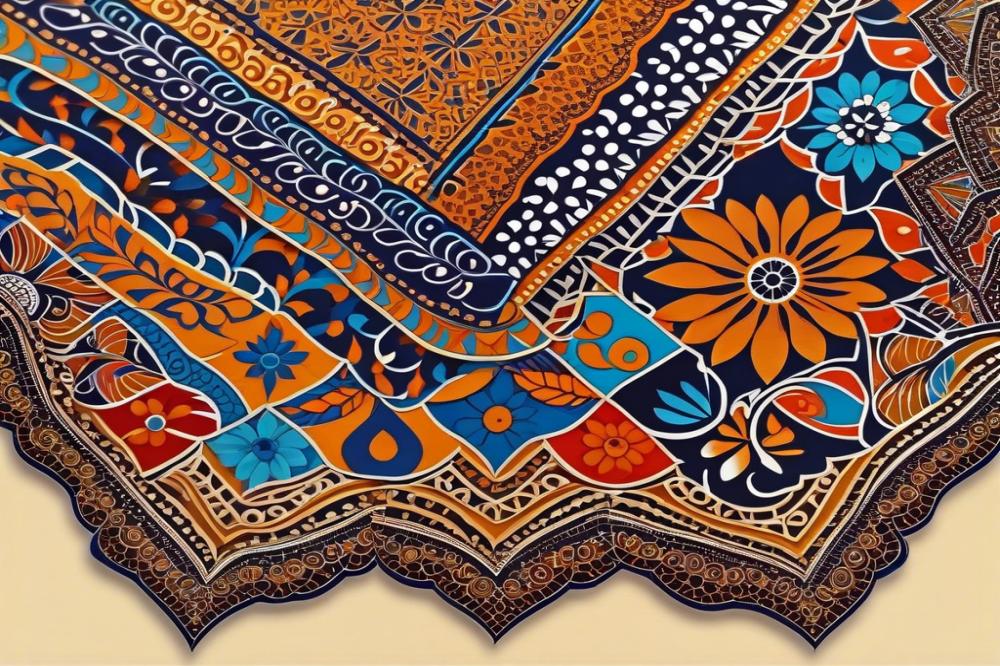
Chiang Rai offers a variety of workshops for anyone interested in exploring the vibrant world of traditional crafts. Local artisans share their skills and passion for creating stunning handmade art. Participants can expect a friendly atmosphere where learning becomes a fun experience.
These hands-on experiences dive into the intricate techniques of dyeing fabrics, which have been passed down through generations. Workshops are often designed for all skill levels, so both beginners and those with some experience can benefit. A typical session includes guidance on how to sketch designs, apply wax, and use dyes effectively.
Engaging in these activities allows for a deeper appreciation of Thai textiles and their history. Many attendees find that learning a traditional craft encourages creative expression. It’s not just about making art; it’s about connecting with a rich cultural heritage. This connection enriches the travel experience, making it more meaningful.
Art has a way of bringing people together. Participants often share stories, laugh, and bond over the common goal of creating something beautiful. Such interactions enhance the learning process. Collaborating with local artisans can inspire individuals to embrace their creativity and discover new skills.
Workshops typically last a few hours to a full day, providing ample time to explore various techniques. You can expect to leave with not just new skills, but also your own creation. Many find that crafting something with their own hands can be deeply satisfying and empowering.
Choosing to learn batik painting in Chiang Rai is an opportunity to engage with both art and culture. It’s not just about learning; it’s about experiencing the art form in an authentic setting. The skills picked up in these classes can lead to a lifelong hobby or even ignite a passion for art.
The Impact of Handmade Art on Thai Communities
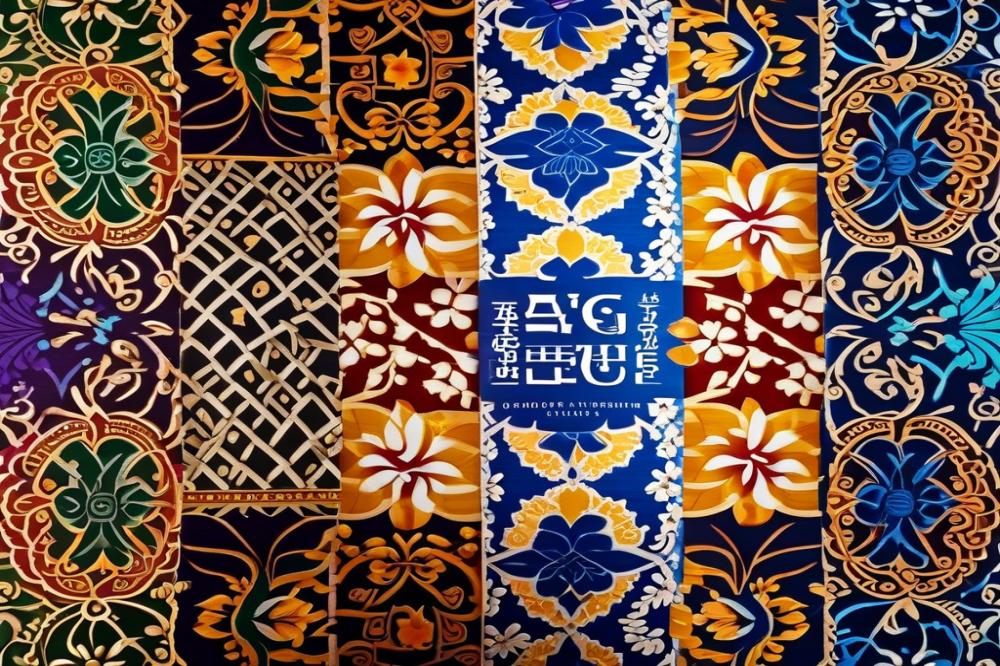
Pursuing the art of Batik Painting has become a significant force for communities in Thailand. This form of handmade art goes beyond creating colorful textiles. It acts as a lifeline for local economies and supports countless families in the Chiang Rai region. Artisans rely on their crafting skills to earn a living. By creating beautiful pieces, they preserve a rich cultural heritage.
Tourism plays a vital role in sustaining local artisans. Many visitors seek out traditional crafts during their travels. They are not just looking for souvenirs; they desire the story and connection behind each creation. Workshops that offer hands-on experiences in dyeing techniques attract tourists eager to learn. This interaction not only boosts sales but also promotes the preservation of traditional crafts.
Stories of artisans reveal the heart of this creative endeavor. Each craftsman or craftswoman has a unique journey filled with dedication. Some learned the techniques from grandparents, wanting to keep their culture alive. Others began as a hobby but later turned their passion into a full-time business. These narratives highlight the importance of not only the art but also the people behind it.
Handmade art fosters a deeper connection within communities. It encourages collaboration and the sharing of skills among artisans. This collective effort promotes innovation while maintaining traditional methods. Local artisans take pride in their work, believing it adds value to their culture. The colors and designs they create tell the history and spirit of their communities.
Participating in this vibrant scene influences everyone involved. Travelers gain insight into the richness of Thai textiles. They appreciate the dedication it takes to create each piece. Supporting these artisans helps to maintain an ecosystem where creativity thrives. It’s a shared experience that benefits both visitors and locals.
Investing in handmade art is essential for future generations. As traditional techniques continue to evolve, they require preservation through teaching and practice. Workshops not only empower local artisans but also educate tourists. This creates a cycle of respect and appreciation for the art form. It shows how one craft can unite diverse groups around a common passion.
Embrace the Experience
Learning the craft of Batik Painting in Chiang Rai is more than just picking up a new skill; it becomes an enriching travel adventure. As you immerse yourself in this artistic process, you’re not only creating something beautiful but also connecting with the heart of Thai culture. Every brushstroke tells a story, and every vibrant color reflects the spirit of this stunning region.
Travel opens doors to understanding. Engaging with local artisans allows you to appreciate traditional techniques passed down through generations. You become part of a time-honored craft that has deep roots in the local community. The experience fosters a sense of belonging, even if just for a moment.
With Chiang Rai’s breathtaking landscapes as your backdrop, you can’t help but feel inspired. Natural beauty enhances the joy of creativity. Each day spent practicing the art of Batik enriches your journey, making it memorable. You come away not just with beautiful artwork, but with experiences that linger in your heart and mind.
Consider this opportunity during your travels. Learning Batik Painting opens up new perspectives. It provides a meaningful way to connect with the place and its people. Embrace the creativity, and take home memories that last a lifetime. Real adventure lies in experiences like these, where culture and art unite in a delightful tapestry of color.

